#tsar alexander iii
Text

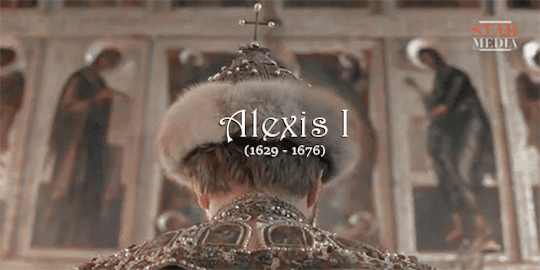


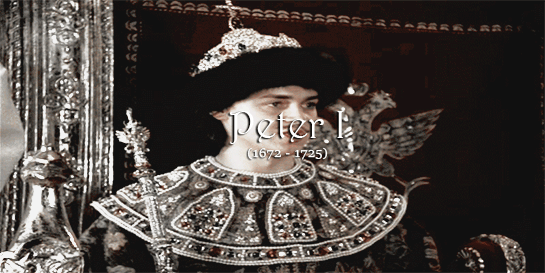
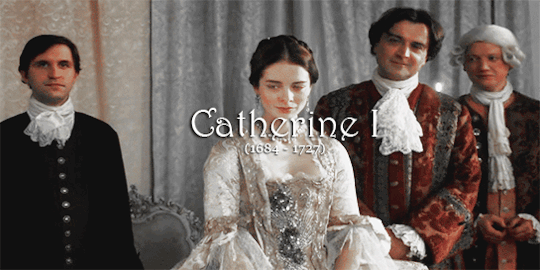
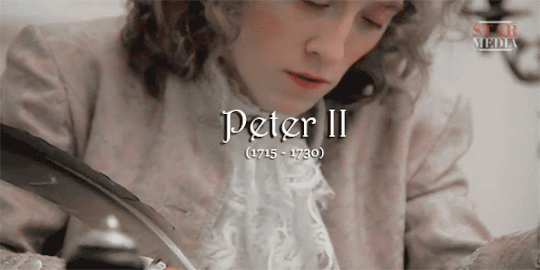

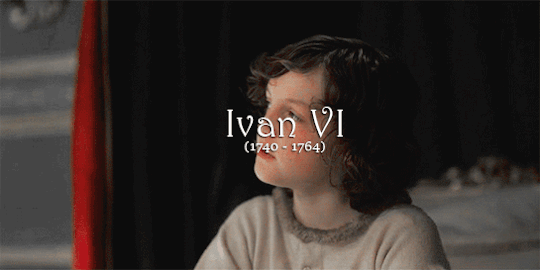


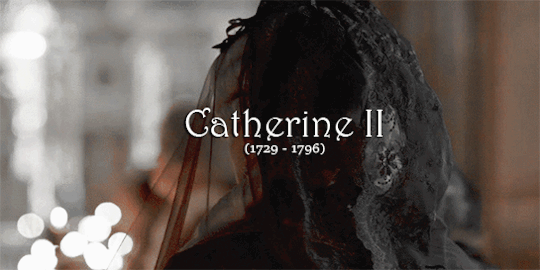
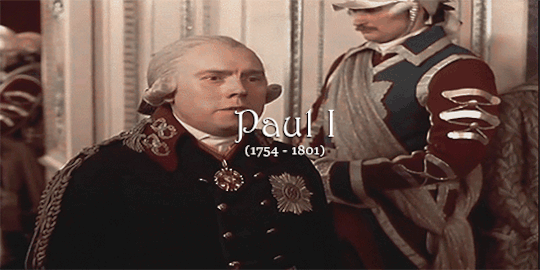

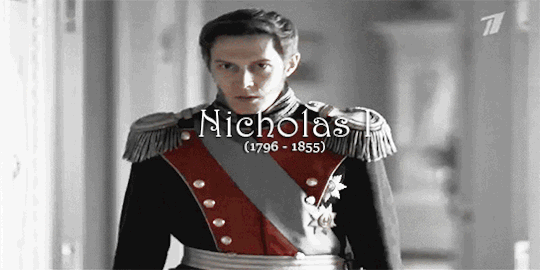


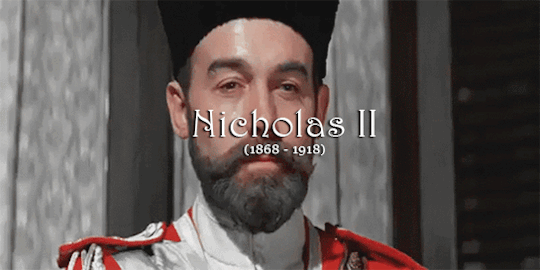
"Over the centuries, the Empire has grown in size and in the number of conquered peoples. It once possessed an area equivalent to one-sixth of the globe, stretching from the Pacific to the German border, on which the sun never set and which was ruled by an autocrat Tsar who owed satisfaction only to God."
The last tsars - a brief untold history about the Romanovs | Paulo Rezzutti.
(Loose translation)
#tsar#tsarina#facts#romanovs#russian history#the romanovs 2013#tsar michael i#tsar alexei i#tsar nicholas ii#catherine the great#tsar paul i#tsar peter ii#tsar peter iii#peter the great#tsarina elizabeth#tsarina catherine i#tsar alexander ii#tsar alexander iii#tsar alexander i#tsar nicholas i#tsar ivan v#tsar ivan vi#tsarina anna#tsarina anna i#tsarina elizabeth i#nicholas and alexandra 1971#zvezda imperii 2008#poor poor paul#roman imperatora 1994#delo dekabristov
185 notes
·
View notes
Text
Fabergé Eggs

Fabergé Eggs, perhaps considered one of the most famous examples of exquisite and luxurious craftsmanship to this day.
Fabergé eggs were originally commissioned by the Russian Imperial family in the late 1800s AD.
Tsar Alexander III (10 March 1845 – 1 November 1894) wanted a richly jeweled egg as an Easter gift for his wife, so Russian jeweler Peter Carl Fabergé (30 May [O.S. 18 May] 1846 – 24 September 1920) got to work and produced very first Fabergé egg in 1885 AD.
And like Easter eggs you may find hidden in your shrubs or gutters, these eggs were also intended to contain a surprise inside.
Initially, the first Fabergé egg was to contain a diamond ring, but after specific instructions given by the Emperor, the egg could be opened to find a ruby pendant instead.
Over the course of the next two decades, ten eggs were produced for the family during Alexander III’s reign, starting a dazzling tradition that his son Nicholas II (18 May [O.S. 6 May] 1868 – 17 July 1918) would carry on for his wife and his mother every Easter.
The popularity of eggs-travagant gifts spread well beyond the Imperial family, and soon, other wealthy families began commissioning their own eggs.
The eggs then began to represent great wealth and luxury that owning a Fabergé egg was considered a status symbol.
And with the skill level and time that it took to craft up just one Fabergé egg – up to one year per egg – it’s no surprise they come with such a high value.
The intricate Fabergé egg-making process began by creating a design for the egg and then the outer shell would start to come to life.
The team of goldsmiths would craft the eggs out of precious metals like gold or silver.
They were each decorated with intricate engravings, filigree work and other decorative elements.
And while his competitors used a standard palette, Fabergé wanted to experiment with more colors.
He created resplendent yellows, mauves, and all shades of greens — coming up with over one hundred and forty new colors.
Just as important as its exterior, the Fabergé egg’s interior was given just as much attention to detail.
A team of jewelers would work on creating a surprise to be hidden inside the bejeweled shell.
These surprises could be anything from miniature portraits of the recipients’ husbands to tiny replicas of famous landmarks.
The artists behind these miniature works of art were some of the best miniature painters, sculptors and engravers of that time who used a variety of material, including enamel, precious stones and even hair to create their work.
Finally, once all of the intricate pieces were complete, they were assembled by a team of skilled craftsmen to create the final product.
The egg was then presented to the recipient and would become a treasured family heirloom for years to come.
Unfortunately, the House of Fabergé was forced to close its doors during the Russian Revolution in 1917.
Fabergé and his family fled Russia.
Many of the Fabergé eggs were sold, lost or smuggled out of Russia during this time, but now, many of them are housed in museums like the famous Fabergé Museum in St. Petersburg, Russia.
However, history came full circle when in 2007, with new ownership and direction, the company announced the reunification of the brand with the Fabergé family.
This new chapter set the stage for a total revitalization of the Fabergé name and philosophy, which are in tune with its original values and spirit.
#House of Fabergé#Fabergé Eggs#Russian Imperial Family#Tsar Alexander III#Peter Carl Fabergé#Easter eggs#Tsar Nicholas II#Russian Revolution (1917)#Fabergé Museum#St. Petersburg#Russia#craftsmanship#family health#status symbol#jewelries#House of Romanov#Easter#Happy Easter#Easter Sunday#Resurrection Sunday#eggs
42 notes
·
View notes
Text




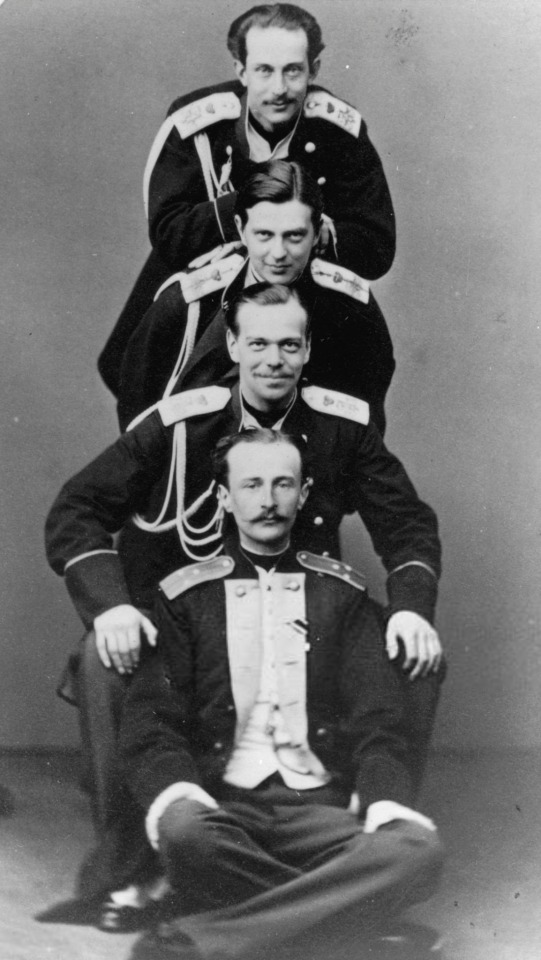

St. Petersburg 1865
Grand Dukes Alexander Alexandrovich, Vladimir Alexandrovich with their cousin Prince Nicholas Maximilianovich and Prince Albert of Saxe-Altenburg.
#Alexander alexandrovich#Vladimir Alexandrovich#Nicholas Maximilianovich#Prince Albert of Saxe-Altenburg#1860s#1865#romanovs#russian empire#tsar alexander iii#grand duke Vladimir#alexander iii#Duke of Leuchtenberg#Saxe-Altenburg
138 notes
·
View notes
Text
“Yesterday I received your dear letter with great joy; it made me completely happy. From the bottom of my heart I thank you for every living kind word! My thoughts are always next to you, my beloved Sasha , what I wouldn’t do to have you next to me now. I miss you so much, I’m never calm when I’m away from you... I suffer and I’m sad,
I’m looking forward to our meeting with such impatience!”
Empress Maria Feodorovna to Emperor Alexander III, June 5, 1891
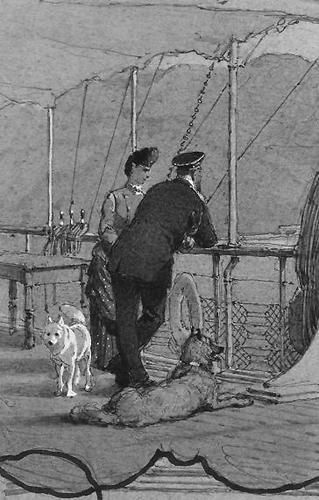
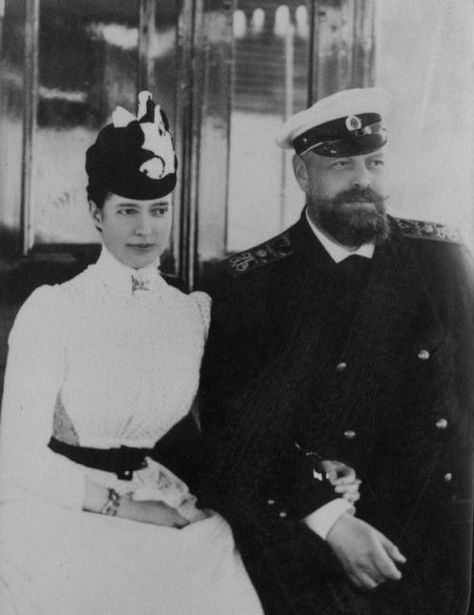
#history#russian empire#imperial russia#royalty#czar alexander iii#tsar alexander iii#maria feodorovna#dagmar of denmark#romanovs#house of romanov#otma#otmaa#lovers#love
17 notes
·
View notes
Text
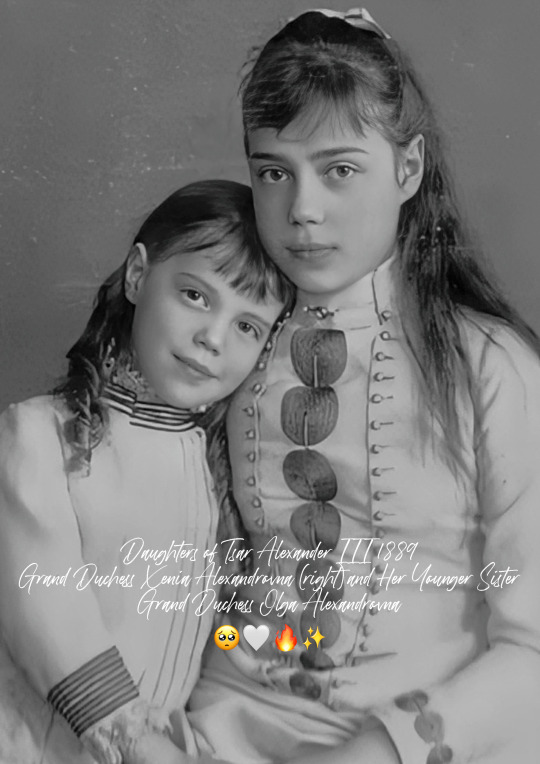
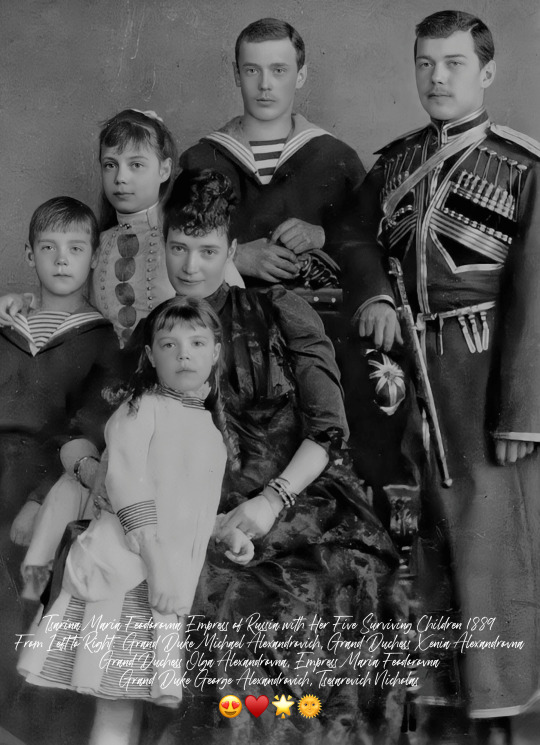





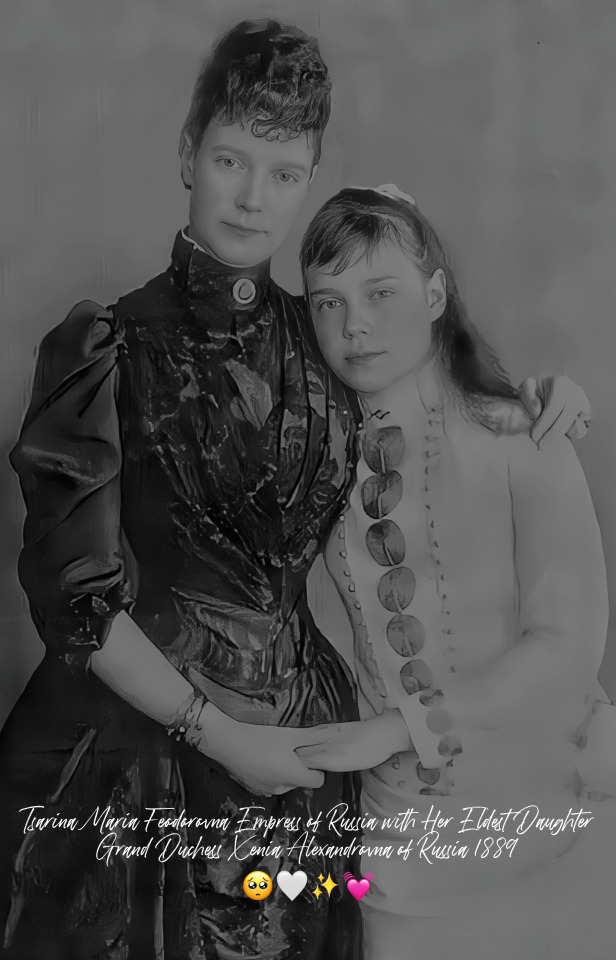
FAMILY PHOTOGRAPH OF TSAR ALEXANDER III AND TSARINA MARIA FEODOROVNA AND THEIR CHILDREN 🥺🌟🤍
A collection of family photos of Tsar Alexander III and Tsarina Maria Feodorovna and their 5 surviving children in 1889😍
I have mentioned the description below the photos for you♥️
#tsar alexander iii#Maria feodorovna#tsar nicholas ii#george alexandrovich#Xenia Alexandrovna#mikhail alexandrovich#Olga Alexandrovna
42 notes
·
View notes
Text
Dagmar & Sasha<3
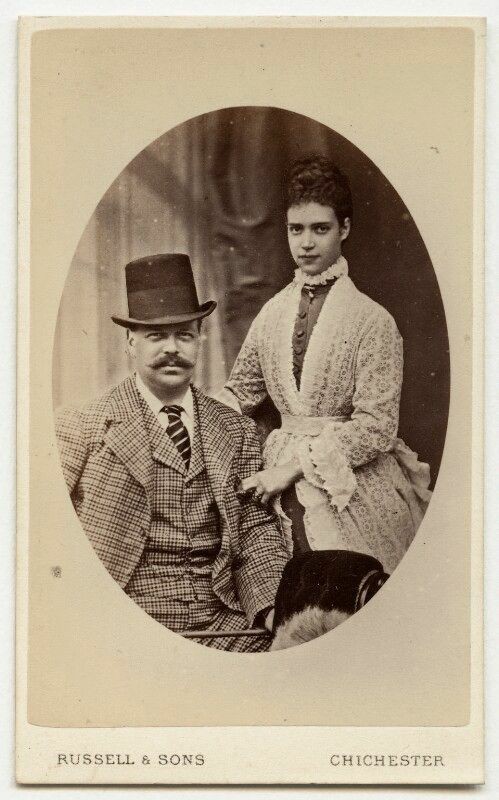


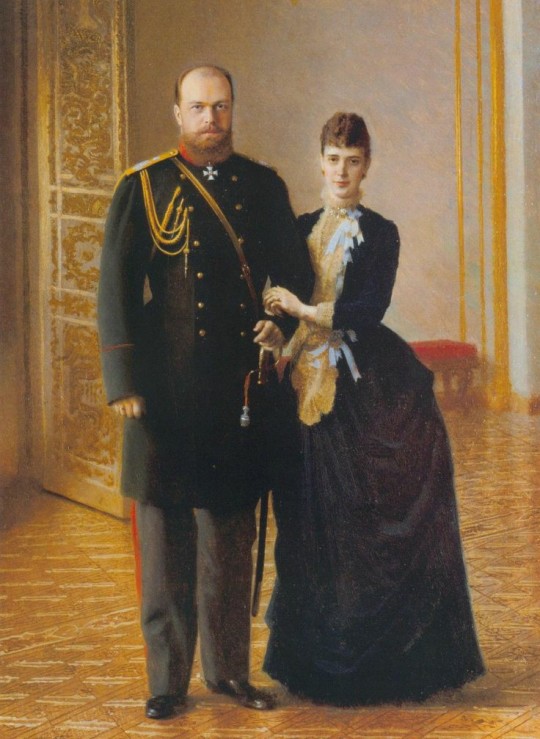


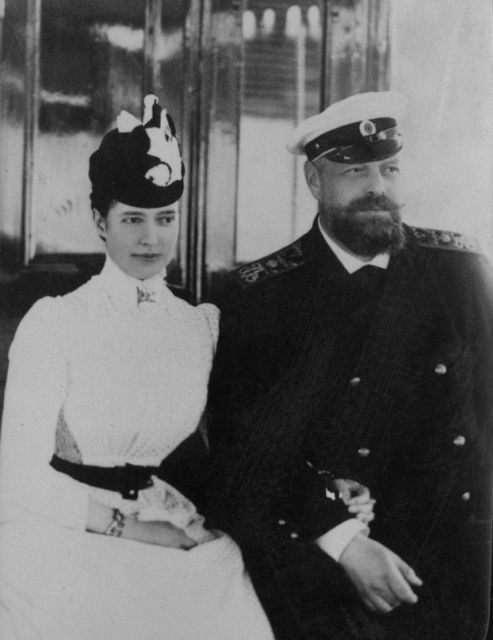
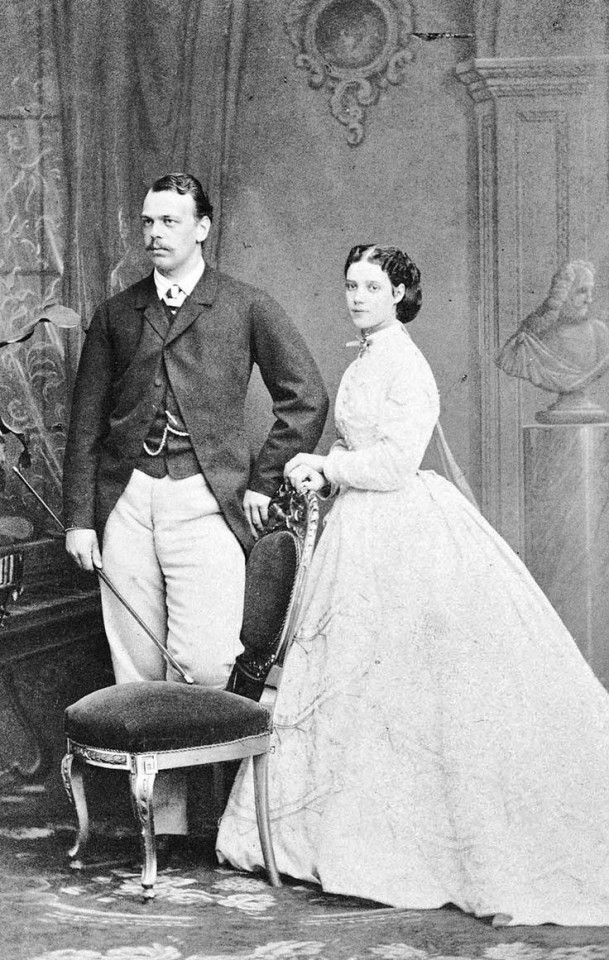
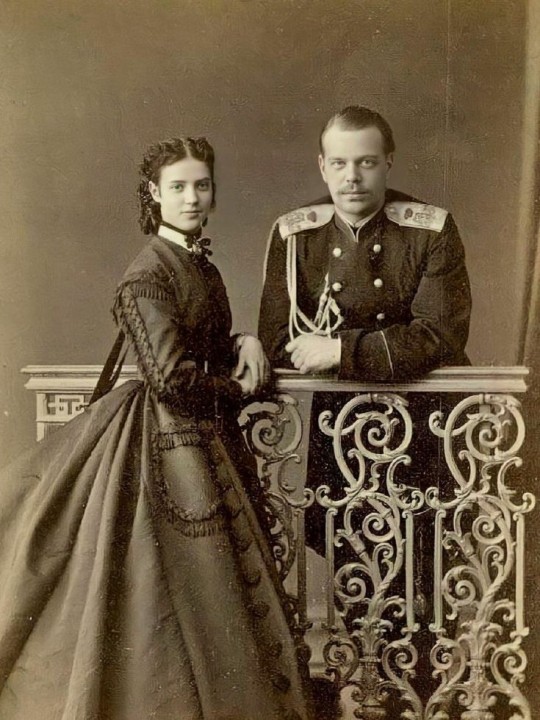
60 notes
·
View notes
Text

“I hug you with all my heart, my beloved Sasha, and ask God to bless you and dear children. Yours for life. Your faithful and devoted Minnie”
Maria Feodorovna to Alexander III
(From the book 'Imperatritsa Maria Fedorovna' [by Yu. V. Kudrina] )
#romanov dynasty#alexander iii#maria feodorovna#princess dagmar of denmark#czar alexander iii#tsar alexander iii#emperor alexander iii#empress maria feodorovna#russian empire#imperial russia#royal family#love
37 notes
·
View notes
Text

The Imperial Shooting party
This is a rare photo of Tsarina Maria Fyodorovna at a hunting party. In the photo, she is holding up her weapon, ready to shoot. Behind her is Mr. Health (he taught Alexander's son to hunt since at the time it was a gentleman's sport.) The other woman may be Grand Duchess Ella.
In the drawings next to the photo, Alexander III with Minnie are quite recognizable, and even Tsarevich Nicholas.
#russian history#imperial russia#romanov family#Tsar Alexander III#Empress Maria Feodorovna#Mr. Charles Heath#Tsarevich Nicholas Alexandrovich
19 notes
·
View notes
Text
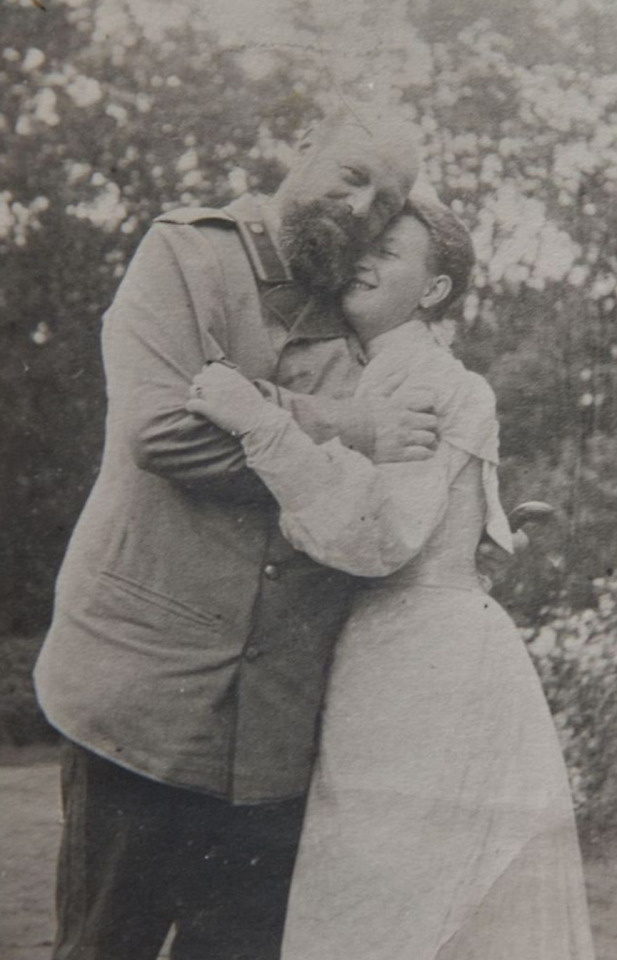
Candid photo of Tsar Alexander III of Russia with his niece Princess Marie or “Minnie” of Greece and Denmark, late 1880s-Early 1890s
Source: Pinterest
#tsar alexander iii#Princess marie of Greece and Denmark#maria georgievna#grand duchess maria georgievna#alexander iii#late 1880s#1890s#romanov#imperial russia
20 notes
·
View notes
Text
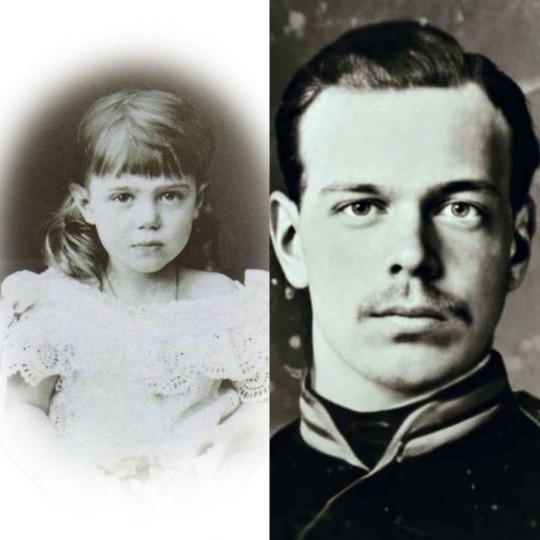
Blood is thicker than water
~☆~royal lookalikes~☆~
Grand Duchess Olga Alexandrovna of Russia and her father, Tsar Alexander III. -@abigaaal 💌💘
@krasivaa's royal series
#requested#abigaaal#@abigaaal#my edit#my collage#house of romanov#romanov#grand duchess olga#grand duchess olga alexandrovna#olga alexandrovna#romanov dynasty#romanovs#tsar alexander iii#father and daughter#awwwww#krasivaa's royal series-look alike#krasivaa's royal series
16 notes
·
View notes
Text


"For russian Orthodox Christians in the nineteenth century, no date in the religious calendar was more important than Easter day. The long fast of Lent would have been strictly observed — no meat, milk, butter or eggs for over seven weeks — until the solemn celebrations of Holy Week built steadily to their joyful climax at a midnight service finishing early on Easter Sunday morning. Throughout the day itself, friends and family greeted each other with the traditional three kisses, and responded to the jubilant 'Christ is risen!' with a reply of equal certainty: 'He is risen indeed!' And then, in a ritual whose symbolism stretches back to pagan spring festivals, they would exchange eggs. So Tsar Alexander III was simply following tradition when, in 1885, he gave his beloved Tsarina, the popular Marie Fedorovna, an apparently unexciting white enamelled egg. About two and a half inches high, it had the size and appearance of a large duck egg, but with a gold band around its middle. Only when the Empress opened the Tsar's present did it reveal its true nature: like an elaborate Matrushka doll it contained a perfect yolk, made of gold; within that was a golden hen, sitting on a nest of golden straw; and inside the hen was a diamond miniature of the imperial crown, concealing a tiny ruby pendant. Every detail was exquisitely rendered — the craftsmanship unparalleled, the creativity inspired. It was the first egg made by Carl Faberge for the Russian court."
Faberge's Eggs: One Man's Masterpieces and the end of an Empire | Toby Faber
#eggs#tsar alexander iii#maria feodorovna#minnie and sasha#my own#facts#easter#russian easter egg#russian empire#russian history#faberge eggs#tsar#tsarina#1894 and early#dagmar of denmark#paintings
98 notes
·
View notes
Text

3 notes
·
View notes
Text

The imperial family on the skating rink in the garden of the Anichkov Palace 1890.
Tsar Alexander III, Tsesarevich Nicholas Alexandrovich, Grand Duchess Xenia Alexandrovna, Grand Dukes George Alexandrovich, Mikhail Alexandrovich, Alexander Mikhailovich and Sergei Mikhailovich.
#alexander iii#tsesarevich nicholas#george alexandrovich#xeina alexandrovna#mikhail alexandrovich#Alexander mikhailovich#sergei mikhailovich#1890s#st petersburg#anichkov palace#romanovs#russian empire#michael alexandrovich#tsar alexander iii#tsar nicholas ii#grand duke george#grand duke michael
102 notes
·
View notes
Text
"... today, finally, the courier arrived and brought your sweetest interesting and long letter No. 78. You cannot imagine what happiness it is for me to receive such letters, how I enjoyed it and how sad I feel, how I long to go home. I even cried a little, because I don’t allow myself this pleasure, it often becomes hard, as you start to remember about the house, about the children, and especially about you, my darling! I'm sorry that I write all this and upset you even more; I know that you are not happy either, this separation is not easy, but what to do, the Lord so pleases, and we must bow before His holy will, and this always leads to the best, to our own benefit, for sure, it cannot be otherwise, and this is a huge and only consolation"
Letter from Tsarevich Alexander Alexandrovich to Tsarevna Maria Feodorovna during the Russo-Turkish War (January 13, 1878)


#alexander iii#maria feodorovna#czar alexander iii#royalty#history#historical couples#royals#the romanovs#russia#tsar alexander iii#dagmar of denmark#love#letters#tsar nicholas ii#nicholas ii#otma#otmaa#imperial russia#europe
29 notes
·
View notes
Text
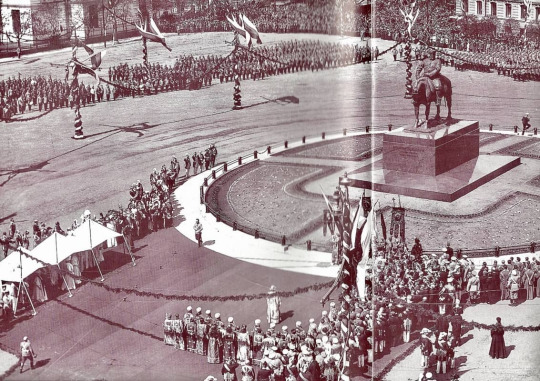
Trubetskoi's bronze equestrian statue of Tsar Alexander III, unveiled in 1909 (photo of ceremony above). Public opinion on the statue was conflicted - notably Grand Duke Vladimir Alexandrovich (Tsar Alexander III's brother) disapproved. Tsar Nicholas II however, did not see the statue as a caricature or symbol of the autocracy's inertia, but as a representation of power.

The statue was removed in 1937, but in 1994 was relocated to the courtyard of the Marble Palace.
#Russian History#Tsarist History#Tsar Nicholas II#Tsar Alexander III#Grand Duke Vladimir Alexandrovich#Art#Art History
2 notes
·
View notes
Text
~ ROYALS AND THEIR SIGNATURES ~
Part 3/3
----------------------------------------------------------
Princess Alice of Greece and Denmark(Princess Alice of Battenberg)

Crown Princess Thyra of Hanover(Princess Thyra of Denmark)

Princess Diana, Princess of Wales

Princess Viktoria Luise of Prussia

Grand Duchess Elena Vladimirovna

Empress Elisabeth(Sissi) of Austria

Empress Maria Feodorovna(Dagmar of Denmark)

Tsar Alexander III

Princess Helen, Duchess of Albany(Princess Helen of Waldeck and Pyrmont)

Empress Maria Alexandrovna
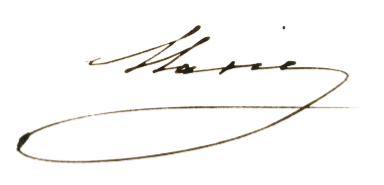
#princess alice of battenberg#princess alice of greece and denmark#princess thyra of denmark#crown princess thyra of hanover#princess diana#lady diana#princess viktoria luise of prussia#duchess of brunswick#grand duchess elena vladimirovna#elena vladimirovna#empress elisabeth of austria#empress sissi#empress maria feodorovna#dagmar of denmark#tsar alexander iii#sasha#princess helen duchess of albany#princess helen of waldeck and pyrmont#empress maria alexandrovna#signatures
21 notes
·
View notes